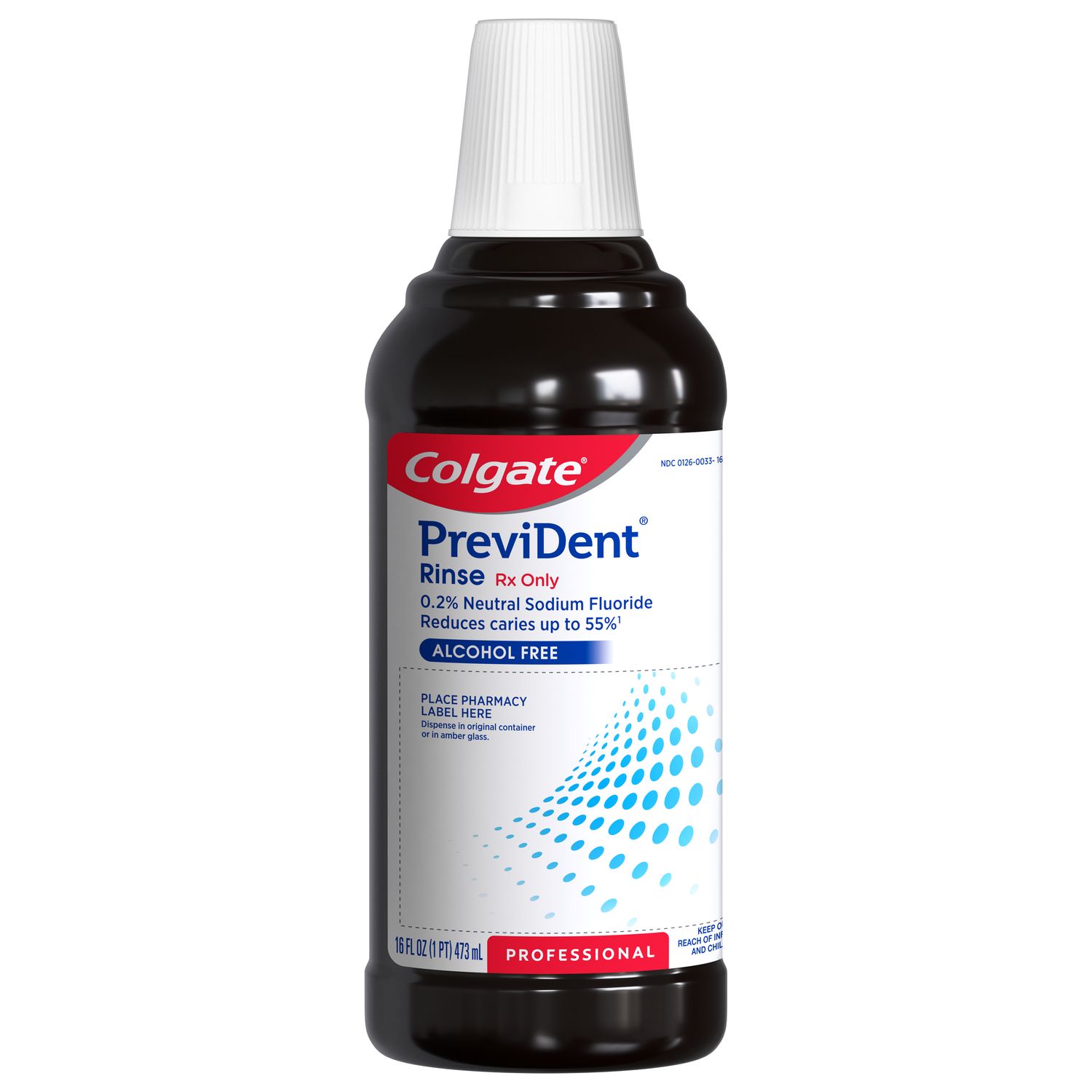Does my toddler have canker sores?
Canker sores, or aphthous ulcers, are round ulcers that develop inside your mouth's soft tissue and are the leading cause of mouth ulcers in children after the age of five. They can be red, white, or gray. Canker sores can be painful and disturb eating and sleeping, but they aren't contagious. Canker sores usually last for seven to 14 days, according to the Mayo Clinic.
Canker sores are common, recurring, and can be caused by:
- Minor injuries to the mouth due to rough brushing or an accidental cheek bite
- Food allergies or sensitivities
- Vitamin deficiencies
- Stress, lack of rest, or immune disorders
The good news is that there are a number of home remedies to help ease the discomfort caused by canker sores. Rinsing with antimicrobial mouth rinses, applying ice to the sore, and making sure their toothbrush has soft bristles can all help relieve the irritation. As a reminder, canker sores occur inside the mouth, while cold sores usually occur outside the mouth.
Why do kids get cold sores?
Cold sores are a form of herpes simplex virus type 1, a contagious virus passed through contact. Adult cold sores are the cause of herpes simplex infections in young children. So, hard as it may be to avoid cuddling your tot, be aware that if you think you have the virus, it's best to refrain from that goodnight kiss when a sore is present. Likewise, speak to your doctor about breastfeeding if you think you've had an outbreak.
According to Seattle Children’s Hospital, the first outbreak of the cold sore virus can be severe and usually occurs between ages 1 to 3. It can cause 10 or more fluid-filled blisters on the gums, tongue, and lips and can also appear on the outer lips or skin around the mouth. Fevers and difficulty swallowing can also occur. Cold sores usually heal in about 2 to 4 weeks. Your child's pediatrician may recommend an antiviral medicine to hasten a cold sore's healing.
What is hand, foot and mouth disease?
Hand, foot and mouth disease (HFMD) typically presents as red blisters inside the mouth and on the palms of the hands and soles of the feet. It also involves fever and lack of energy. HFMD is transmitted through a virus known as the Coxsackie virus, which occurs most commonly in children. It is passed through bodily fluids, direct contact, or fecal matter, according to the Centers for Disease Control and Prevention. HFMD is a minor ailment and should subside within a week. Since cold sores and HFMD are very contagious, you'll want to make sure you and your child avoid direct contact with anyone who has active ulcers.
How do injuries cause mouth sores?
Injuries to the mouth are a common result of toddler activities. They may have bitten their tongue or inside of the cheek or brushed too enthusiastically as they begin to learn good oral care habits. Hot foods can be another cause if your toddler isn’t patient enough to let their favorite meal cool. Most toddler mouth sores caused by injuries and burns appear red in the beginning and turn white when healing, so forgotten wounds may look similar to a canker sore.
How do I treat mouth sores in toddlers at home?
The keys to home comfort and care are cold foods, hydration, rest, and letting the sore run its course. Check with your dentist or physician about acetaminophen, ibuprofen, and antacid dosages, all of which may alleviate discomfort.
When should I call a doctor?
If your tot is not moving, extremely weak, has swelling in their face, may have ingested a chemical, or has a sore that appeared after taking medication, you should call your pediatrician right away. Otherwise, show your child some extra TLC and take a wait-and-see approach.
This article is intended to promote understanding of and knowledge about general oral health topics. It is not intended to be a substitute for professional advice, diagnosis or treatment. Always seek the advice of your dentist or other qualified healthcare provider with any questions you may have regarding a medical condition or treatment.
ORAL HEALTH QUIZ
What's behind your smile?
Take our Oral Health assessment to get the most from your oral care routine
ORAL HEALTH QUIZ
What's behind your smile?
Take our Oral Health assessment to get the most from your oral care routine















